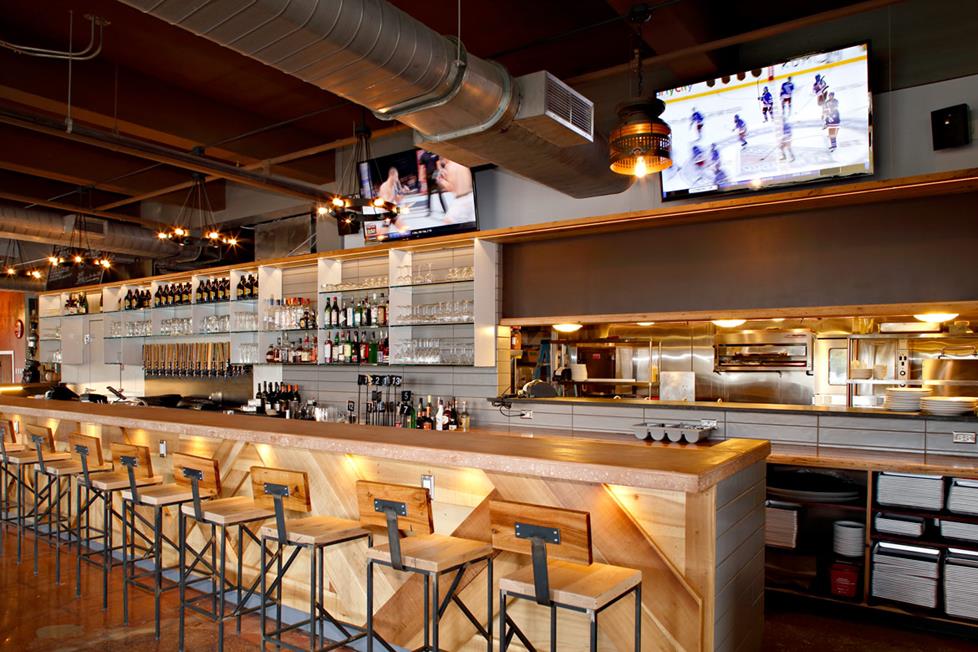The first step in effective surveillance camera installation is to identify high-risk zones within the store. Such areas typically include entry points and exit points, cash counters, and sections where high-value products are showcased. By placing surveillance devices in these areas, store owners can monitor customer actions and spot questionable activities. Additionally, cameras at entry points can record footage of people entering and exiting the retail space, which is essential for identifying potential thieves. This proactive approach helps in minimizing loss and ensuring a secure environment.
Another key factor is the kind of camera used in the store space. Various types of cameras serve different purposes. For instance, dome-shaped surveillance cameras are commonly used for internal surveillance because they are less noticeable and can cover a broad area. On the other hand, bullet-style cameras are best for external use, as they are much conspicuous and can deter illegal behavior. Store owners should assess their specific needs and select the appropriate camera models to guarantee complete coverage of the store.

In addition to camera types, the position and elevation at which surveillance devices are mounted have a crucial role in their efficacy. Cameras should be set at a height that enables for unobstructed viewing of individuals and activities without being easily tampered with. A common suggestion is to mount surveillance devices at least 8 to ten feet off the ground. Furthermore, surveillance devices should be tilted to cover as wide space as feasible while preventing blind spots. This strategic placement ensures that all zones of the retail space are observed, providing a complete view of shopper engagements and possible security threats.
Ultimately, it is crucial for store owners to regularly review and maintain have a peek at this site their monitoring equipment. This includes checking surveillance device performance, confirming that recordings are clear, and refreshing programs as needed. Regular maintenance helps to prevent mechanical problems that could compromise security. Additionally, store owners should review recordings periodically to identify patterns in customer behavior and possible security risks. By staying proactive and mindful to their monitoring systems, retailers can establish a more secure shopping environment and safeguard their resources effectively.